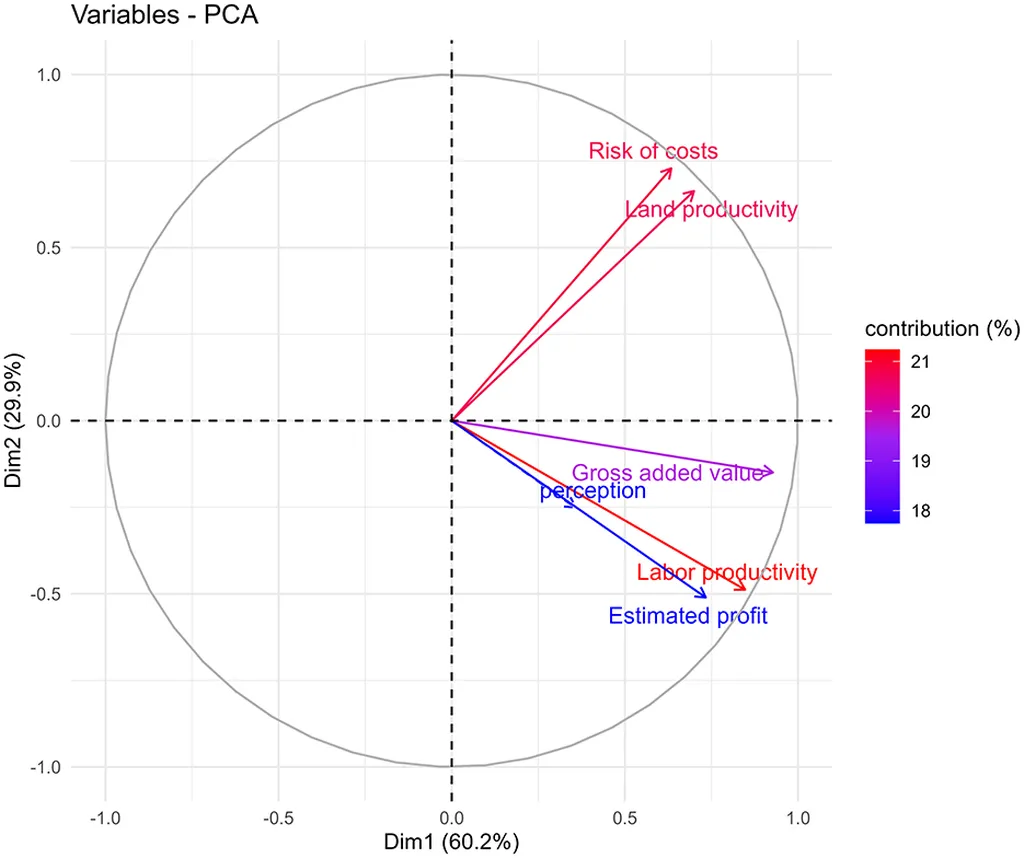In the heart of Europe, a quiet revolution is taking place in the fields and greenhouses of market gardening farms. Researchers, led by Benjamin Heine from the Plant Ecology, Eco-physiology, and Sustainable Agriculture unit at UCLouvain in Belgium, are challenging the status quo by developing innovative indicators to assess the viability of small- and medium-scale farms. Their work, recently published in *Frontiers in Sustainable Food Systems*, offers a fresh perspective on how we might better support and sustain these vital local food systems.
Market gardening, the practice of growing fruits, vegetables, and flowers on a small scale, is a cornerstone of local food systems. Yet, these farms often face significant challenges, from economic pressures to environmental concerns. The question of farm viability is complex, and traditional indicators often fall short in capturing the nuances of these diverse and dynamic systems.
Heine and his team set out to change this by developing a set of indicators that go beyond mere financial metrics. “We wanted to create a tool that could help farmers, policymakers, and researchers understand the true viability of these farms,” Heine explains. “It’s not just about profit margins; it’s about resilience, sustainability, and the ability to adapt to changing conditions.”
The researchers focused on a regional scale, allowing them to capture the diversity and complexity of market gardening farms. They considered a wide range of factors, from soil health and water management to social and economic aspects. The result is a set of indicators that provide a more holistic picture of farm viability.
So, what does this mean for the agriculture sector? For one, it offers a new way to assess and support small- and medium-scale farms. By understanding the true viability of these farms, policymakers can make more informed decisions about funding, regulations, and support programs. Farmers, too, can use these indicators to better understand their own operations and make strategic decisions about the future.
Moreover, this research could have significant commercial impacts. As consumers increasingly demand locally grown, sustainable produce, market gardening farms are well-positioned to meet this demand. However, to thrive in this market, these farms need to be viable and resilient. The indicators developed by Heine and his team could provide a roadmap for achieving this.
Looking to the future, this research could shape the development of new technologies and practices in the field of agroecology. By providing a more nuanced understanding of farm viability, it opens up new avenues for innovation and improvement. It also highlights the importance of a systems approach, considering the interconnectedness of environmental, social, and economic factors.
In the words of Heine, “This is just the beginning. We hope that our work will inspire further research and innovation in this field, ultimately contributing to more sustainable and resilient food systems.”
As we grapple with the challenges of climate change, food security, and sustainable development, the work of Heine and his team offers a beacon of hope. It reminds us that the future of agriculture lies not just in technology and innovation, but also in our ability to understand and support the complex, interconnected systems that sustain us.

